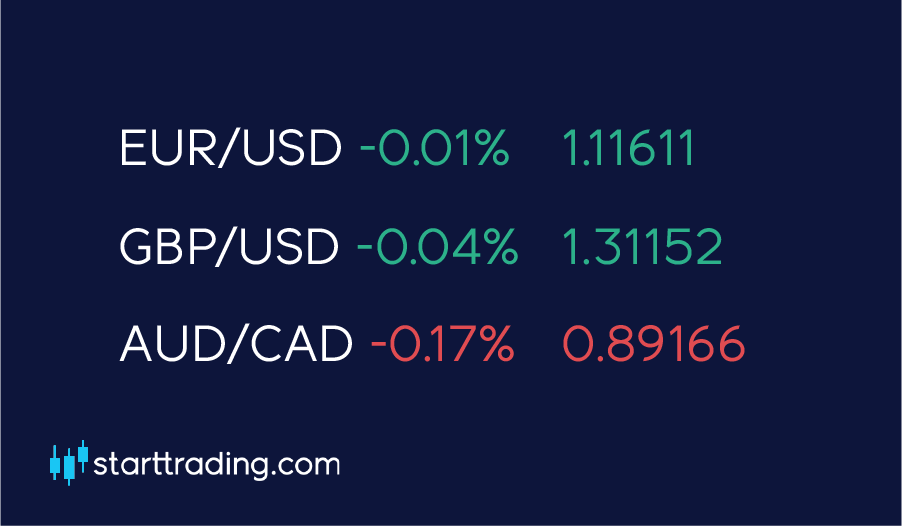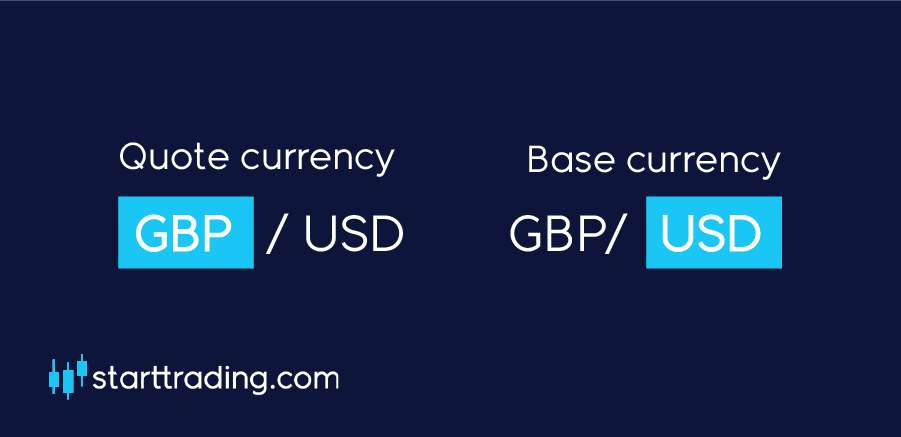When we are trading, we never enter the market blindly. No successful trader has ever made a living out of trading based on gut instinct.
We must analyse the market, the currencies and their countries in order to best predict how the market will behave and where the price will move.
There are two main types of analysis when it comes to trading, these are; fundamental and technical. Let’s break each one down.
What is fundamental analysis?
Fundamental analysts are concerned with the macroeconomic forces that can influence a country and its currency value.
The three main areas that fundamental analysts will look towards are the political, economic and social factors that influence the currency they are looking to trade.
To put things simple, if a country’s economic indicators are looking good, such as low unemployment rates, growing GDP, and low inflation rates, then their currency should strengthen. On the other hand, if these things aren’t looking so good then that could point towards a slightly bleaker future for that currency and it should weaken.
Naturally, fundamental analysis is more commonly used in traders that open long-term trades, such as position trades. Swing traders should also be mindful of the fundamentals as any significant news could heavily impact their open positions.
Here are some of the key areas that fundamental analysts pay close attention to:
- Interest rate changes
- Inflation rate
- GDP
- Retail sales
- CPI (Consumer price index)
- Unemployment rates
- Political stability and key election dates
What is technical analysis?
Technical analysts focus on how historical price movements and previous market behaviours may help to predict where the market will move next.
This is the main type of analysis that scalpers, day traders and swing traders use, and therefore it is the main form of analysis that we will cover in this course.
There are a vast variety number of technical indicators to pick from, each of which uses historical data obtained from the market to try and determine where the market will move next.
History does tend to repeat itself, so using data obtained from this analysis can prove very profitable to those who implement it wisely.
The vast majority of the technical analysis is done by computers and the algorithms that can be found in trading and charting software. The skill is not in obtaining the data, but more in how that data is used.
Here are some of the top trading indicators that are most commonly used in the forex markets:
- Support and resistance
- Price action
- Fibonacci
- Moving averages
- Moving average convergence divergence (MACD)
- Relative strength index (RSI)
- Bollinger band
Technical vs fundamental analysis
It seems that there is always debate over which type of analysis will produce the best trading results. You will often hear technical traders saying that fundamental analysis is unnecessary as all of the information is already factored into the price.
On the other hand, you will get fundamental analysts claiming that none of the technical indicators work and that trading based on technical analysis is futile.
As always, the truth lies somewhere in between.
There are a lot of technical indicators that are not worth their salt, in fact, the majority of them are quite useless.
However, there are some indicators that give extremely valuable information that provides a great insight into the market dynamics and allow us to make high probability trades. We will be covering these key indicators in this course.
Similarly, it is never a bad thing to have an eye on the fundamentals. It definitely pays to be aware of key dates and how each country’s economy is performing and its current political situation.
The more information you have, the better.
For the sake of scalping, day trading, and swing trading, it is recommended to focus upon the technical analysis and supplement that with a solid understanding of the fundamentals.
There is no need to become an expert economist, but a rudimentary knowledge of what is going on with the currencies and their nations will go a long way.

